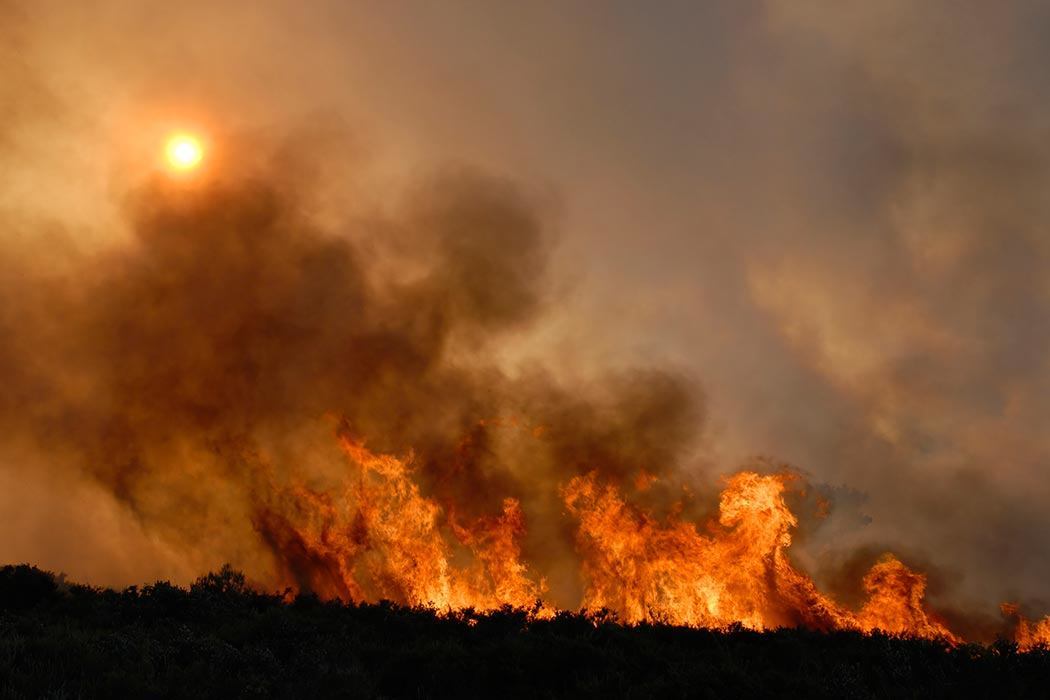Wildfires are changing the American west. Longer fire seasons with hotter and more frequent fires are turning forests into dry landscapes dominated by shrubs. Most forests are adapted to occasional natural fires—lightning, for example, frequently sets off blazes during dry periods. Fires clear out dense undergrowth, resulting in better conditions for surviving plants, and some trees, such as jack pines, need high heat to open up their cones and release their seeds. But now, drought, higher temperatures due to climate change, and a century of all-out fire prevention efforts have completely upended the natural cycle, and the landscape along with it.
Ecologists have long known that changes in the frequency of fires affects plant populations. A good example is a 2005 study by Janet Franklin and colleagues that examined the impact of fires at different altitudes in Southern California. In low elevation areas with the most frequent fires, sprouting shrubs came to dominate the fire-tolerant pines. Fires were too frequent for the cones to seed, while the shrub roots survived the flames and sprouted quickly. People are more likely to start additional fires (in between naturally occurring events) at lower elevations. It is in these areas that the landscape changes are most profound.
To ecologists, the influence of undergrowth on the characteristics of fires is another area of interest. Conventional wisdom dictates that fire suppression leads to more undergrowth, which results in hotter and more destructive fires, but a 2004 study by Max Moritz et. al. questioned that thesis. Moritz found little correlation between extra fuel (undergrowth) and the intensity of the flames. Areas with high fuel did suffer larger-scale fires, but were not necessarily more susceptible to fires than regions with less overgrowth. Instead, Moritz found that weather and water availability had a much larger influence on the likelihood and intensity of a fire.
Moritz’s findings are particularly worrying. The hot, dry conditions he described are only becoming more common as the climate changes and the western drought continues. It is worth noting that the shortest interval between fires that Janet Franklin tested was 30 years, but modern projections seem much shorter. Furthermore, neither scientist considered the urban sprawl into at-risk zones, which puts more people and their property in danger.







